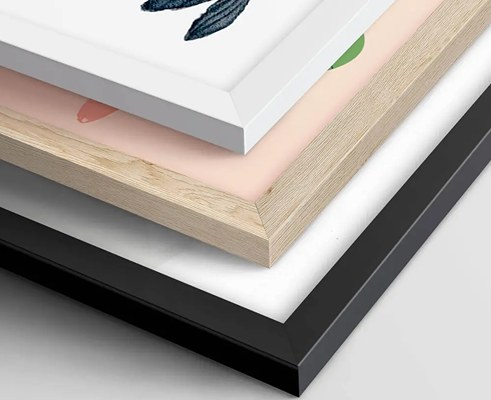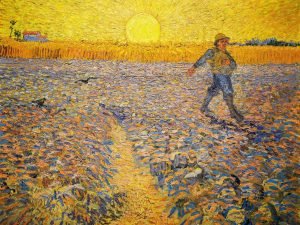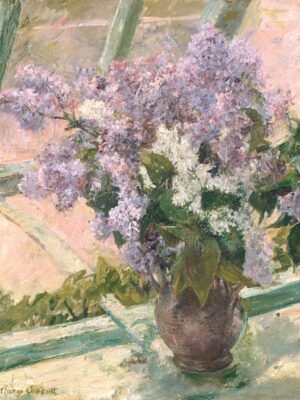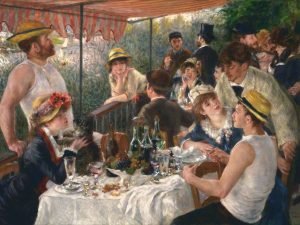The Potato Eaters Print Van Gogh
Price range: $23.00 through $209.00
Description
We use high quality printing techniques for our The Potato Eaters Van Gogh prints. Every fine detail of a Artworks, original painting or picture is captured in our museum quality posters and canvas prints.
Our wall art collection includes framed canvas, unframed stretched and gallery wrapped wall art. We offer a range of sizes from small to extra large. Frame options include natural wood, brown and black. You can choose between horizontal, vertical or square formats.
We print fine art and giclee for high quality in our poster prints. Available paper options include matte, glossy and semi-gloss. We choose the best surface for you so that the details of the artwork reflect the original. However, if you prefer a specific paper type, you can request it for free during checkout. Our framed posters are available in black, white and natural wood. Sizes range from minimalist small prints to oversized sizes. There are also options in vertical, horizontal or square shapes.
All framed art prints come ready to hang, making it easy to change your wall decor.We offer free customizations with every order. You can request changes like adding a name or adjusting the picture area. Simply add your details during checkout.
With our affordable prices and extensive collection, it’s easy to design a gallery wall and choose a piece for your home decor. Instead of searching near you, buy The Potato Eaters Van Gogh print for sale from our online store and we will deliver it to your home with fast and free shipping.
Frames & Poster Papers
- 200gsm High-Quality fine art paper
- Glossy or matte paper according to the style of the picture
- Eco-Friendly FSC-certified
- Giclee printing and premium ink
- Long-lasting Vibrant color Prints
- Black, white (smooth surface), natural wood color
- Protection: Shatterproof plexiglass
- Frame Measurements: 23mm (~1“) thick, 14mm (~0.6”) wide
- Includes hanging kit ready to hang directly on the wall.
- Durable pine wood Frame

Frames & Canvas Materials
- Environmentally Friendly FSC-certified wooden winding rods
- 350gsm Cotton - Polyester blend
- Frame Colors: Dark Brown, Natural Wood, Black
- Quality printing with long life and vibrant color
- Ready to hang including hanging kit
- Frame Dimensions: Width 9 - 14 mm (0.35“ to 0.55”), Thickness 42 mm (1.65“) - 32 mm (1.26”) (Dimensions vary by country)
- Certified Sustainable Wood: Poplar and pine

You can request different paper types (high gloss, matte, etc.), special frame and printing sizes and shapes, or for your different needs.
Estimated Delivery Times for Unframed and Framed Art Prints:
The art print is produced specifically for you within 24 hours of your order. The production process, framing, packaging, and delivery to the shipping agent usually takes 1-3 business days.
Fast Delivery: Orders typically arrive within 2–8 business days.
Please note that this is an estimated working day and does not include weekends and holidays.
Returns
We hope you will be satisfied with your orders. We accept free returns within 30 days for damaged and faulty products. You can check the returns section for details.
Additional information
| Print Type | Framed Canvas, Framed Poster, Stretched Canvas, Unframed Poster |
|---|---|
| Size | 8×12″ (20x30cm), 12×18″ (30x45cm), 16×20″ (40x50cm), 18×24″ (45x60cm), 24×36″ (60x90cm) |






